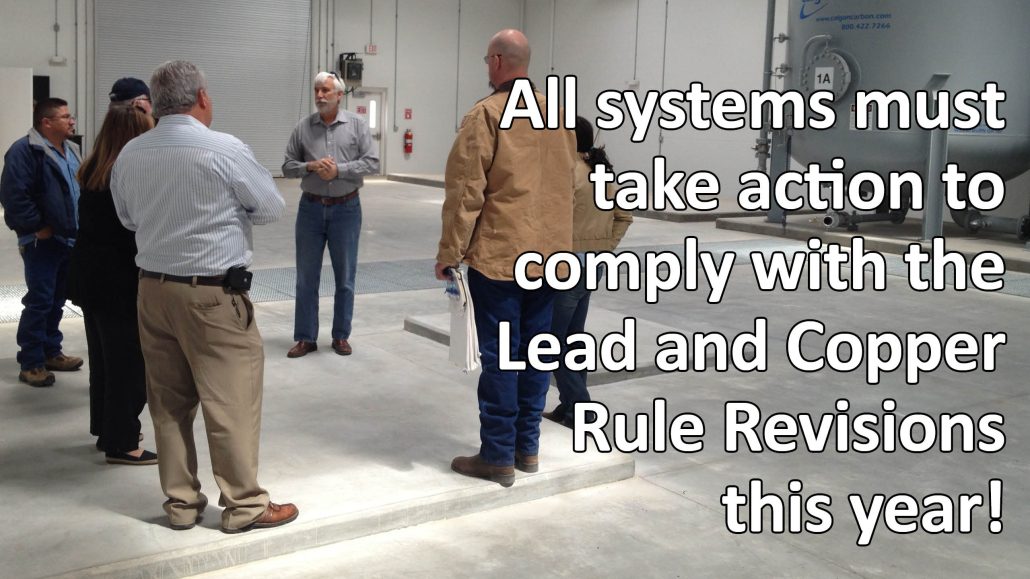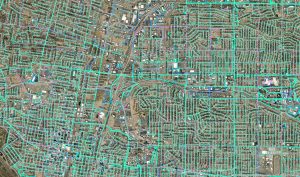No Safe Level of Lead Exposure
 In drinking water, the primary source of lead is from pipes, which can present a risk to the health of children and adults.
In drinking water, the primary source of lead is from pipes, which can present a risk to the health of children and adults.
DBS&A can assist utilities with preparing a water service line inventory to comply with the requirements of the Lead and Copper Rule Revisions (LCRR) and tapping federal funding sources to pay for it.
Compliance Deadline: October 16, 2024
Projects can typically be completed within 6 months, so now is the time to get started.
Regulatory Requirement
The LCRR requires public water systems (PWS) to submit their initial inventories of water service lines by October 16, 2024. While the U.S. Environmental Protection Agency (EPA) has proposed improvements to the LCRR (Proposed Lead and Copper Rule Improvements [LCRI]), the Agency has indicated that the initial inventory requirements shall remain as part of the LCRI when finalized as federal regulation.
A guidance document, Guidance for Developing and Maintaining a Service Line Inventory (August 2022), details the requirements for the initial inventory. U.S. EPA has also provided a template in MS Excel for service line inventories.
Funding Assistance
The Bipartisan Infrastructure Law (BIL) provided funding related to LCRR requirements. These funds are being distributed to water systems under the Drinking Water State Revolving Fund (DWSRF) program for PWSs and Drinking Water Tribal Set-Aside (DWTSA) Lead Service Line Replacement (LSLR) Program – Drinking Water Infrastructure for tribal entities.
DWSRF provides funding for service line inventories and removal and replacement of lead service lines and galvanized service lines, lead goose necks, pigtails and connectors, and planning and design of those infrastructure projects. If desired, DBS&A can assist agencies in applying for funding.
Services
GIS-based Inventory
Using geospatial querying to populate, to the extent possible, the installation date of service lines, which is directly related to the likelihood of the service line containing lead, and which also may be used to identify proximity to sensitive and disadvantaged populations.
Online Mapping
The LCRR also requires that the inventory be made available to the public—our solutions allow users to navigate to their property, view the material type assigned for both the system-owned and customer-owned portions, and to provide feedback via an on-line form.
Take Action
DBS&A is ready to assist. Email us today.
